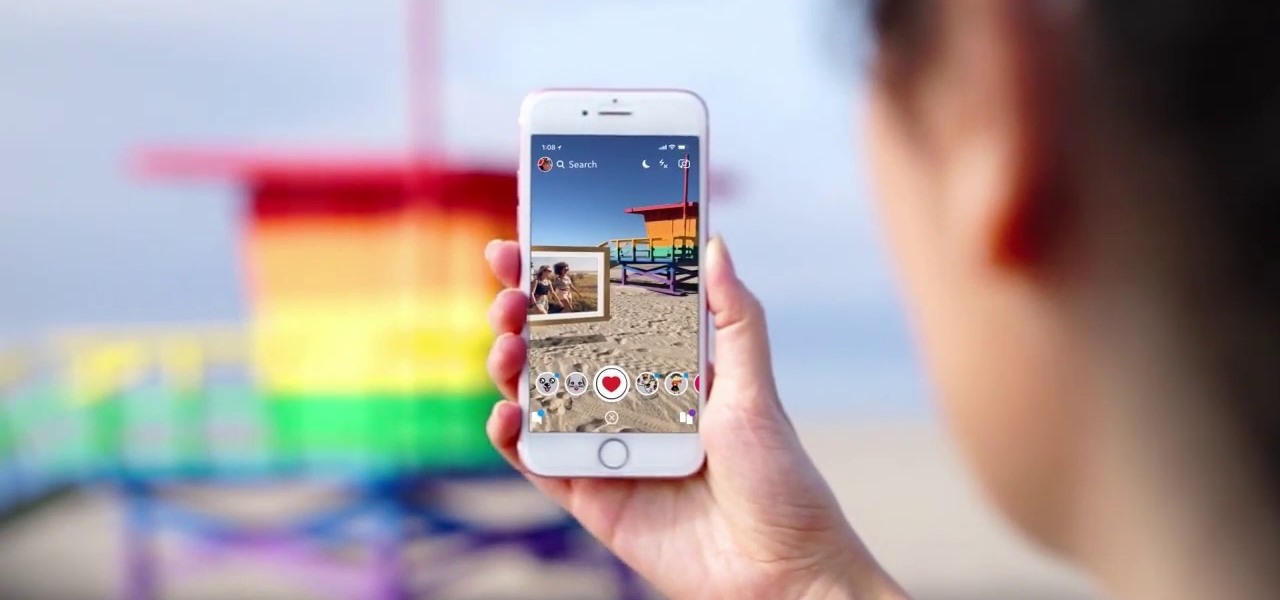Crafting the Future: Tips to Make Your Augmented Reality App

In today’s rapidly evolving technological landscape, augmented reality (AR) has emerged as a game-changer. AR enhances the real world by overlaying digital information, allowing users to experience a blend of virtual and real-world elements through their smartphones or AR devices. With the increasing popularity of AR, creating your own augmented reality app has become an enticing venture. This article aims to provide a step-by-step guide and insightful tips to empower you in crafting your own augmented reality app.
1. Understanding the Basics of Augmented Reality
Before embarking on the creation of an augmented reality app, it is crucial to comprehend the fundamental concepts underlying this technology. Dive into the world of AR by exploring its definition, potential applications, and the key technologies fueling its growth.
2. Selecting the Best AR Development Platform
Choosing the right development platform is vital for the success of your augmented reality app. Evaluate the leading AR platforms available today, such as Unity3D, ARKit, ARCore, and Vuforia. Consider factors like ease of use, platform compatibility, and available features when making your decision.
3. Defining Your App’s Objective and Target Audience
Clearly defining the objective and target audience of your augmented reality app lays the foundation for an impressive user experience. Identify the unique value proposition your app will offer and pinpoint the audience segment you aim to engage.
4. Designing an Engaging User Interface \(UI\)
An appealing and user-friendly interface is crucial for AR apps. Incorporate intuitive gestures, minimalistic design elements, and visually pleasing graphics to create an immersive and seamless user experience. Ensure that your app’s UI enhances the blending of digital content with the physical world.
5. Harnessing the Power of Computer Vision
The success of AR apps heavily relies on robust computer vision algorithms. Dive into topics like object recognition, tracking, and motion sensing to enhance the accuracy and responsiveness of your app. Explore libraries and frameworks like OpenCV and ARKit’s computer vision capabilities to elevate the performance of your augmented reality app.
6. Incorporating Interaction and Gesture Controls
Intuitive interaction and gesture controls play a significant role in enhancing user engagement. Integrate features like tap, swipe, pinch-to-zoom, and rotational gestures to provide users with a seamless and immersive augmented reality experience.
7. Utilizing 3D Modeling and Animation
To create a visually stunning augmented reality app, delve into the world of 3D modeling and animation. Familiarize yourself with tools like Blender or Autodesk Maya to design realistic and vibrant 3D objects that seamlessly integrate with the real world.
8. Implementing Marker\-Based and Location\-Based AR
Explore marker-based and location-based augmented reality techniques to expand the functionality and versatility of your app. Marker-based AR utilizes predefined markers to overlay digital content, while location-based AR employs GPS and compass data to augment the user’s environment based on their location.
9. Ensuring App Performance and Optimization
Optimizing your augmented reality app’s performance is crucial for a smooth and enjoyable user experience. Consider factors like reducing latency, optimizing rendering, and minimizing battery consumption. Implement techniques like culling, LOD (Level of Detail) management, and frame rate optimization for optimal performance.
10. Testing and Iterating
Thoroughly test your augmented reality app across various devices and scenarios to ensure compatibility and reliability. Gather user feedback and iterate on your app’s design, functionality, and performance. Embrace user-centric design principles and constantly refine your app to meet evolving user expectations.
11. Monetizing Your AR App
Explore different monetization strategies to leverage the commercial potential of your augmented reality app. Consider options like in-app purchases, subscriptions, advertisements, or enterprise licensing to generate revenue. Research the market and align your monetization strategy with your target audience and app objectives.
12. Marketing and Launching Your AR App
Even the most remarkable augmented reality app requires effective marketing and promotion to gain traction among users. Develop a comprehensive marketing strategy utilizing channels like social media, app stores, influencers, press releases, and targeted advertisements. Build anticipation and excitement before your app’s launch to maximize its impact.
Creating your own augmented reality app is a thrilling and rewarding endeavor. By understanding the basics, selecting the right development platform, designing an engaging UI, harnessing computer vision, incorporating gesture controls, utilizing 3D modeling, and optimizing performance, you can craft a remarkable AR app. With proper testing, iteration, and a well-thought-out marketing strategy, your augmented reality app can captivate users and pave the way for a successful future in this exciting domain.





